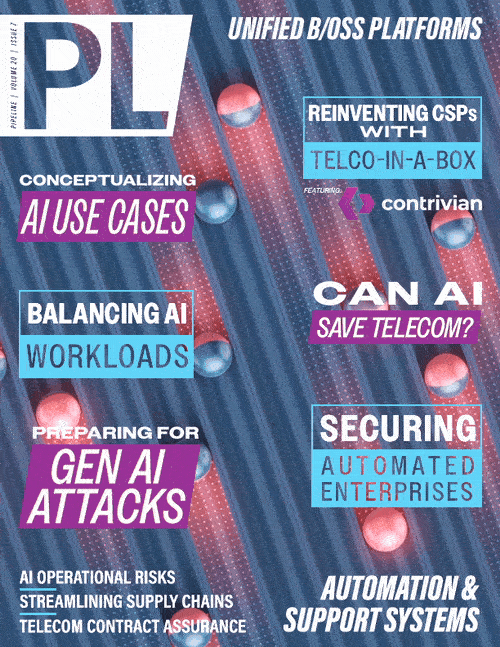Securing Today's Automated Enterprise
By: Srini Addepalli

The rapid adoption of automation and interconnected systems has transformed modern enterprises, offering efficiency and improved functionality. However, these advancements also introduce unique security challenges. This article explores the complex landscape, highlighting the increased attack surface and potential vulnerabilities in automated and interconnected environments. It then identifies the key characteristics of a comprehensive security solution for these interconnected systems, and highlights critical features and benefits organizations should consider when selecting a security approach for their evolving automated landscape.
The Security Challenges of Automation and Interconnected Systems
Automation and interconnection mean the use of technologies such as artificial intelligence, machine learning, cloud computing, internet of things, and edge computing to streamline processes, connect systems, and share data across different domains and platforms.
Communicating systems can be software entities such as micro services or hardware entities such as IoT devices. These communication systems can be housed in data centers or distributed over multiple geographic locations in Edges, Clouds, data centers, IoT networks, and others. Automation typically involves workflows where one system output is passed to another system for its processing. That is, an input to the front-end system can initiate chain of events (data flows) across multiple systems, which are possibly scattered across multiple locations, domains, and environments.
Communication systems can include containers, VMs, bare-metal services, public cloud services like IoT platforms, SaaS services, IoT devices, or third-party services. With various environments such as hypervisors, Kubernetes, serverless platforms, AI and ML platforms, or GenAI frameworks, any poor security configuration of hosting environments can affect both the performance and security of the automation systems.
Some components may not have the latest and safest software installed. For example, IoT systems may not be able to update software at all. This means that they need to be protected by security systems that restrict their access to only approved connections.
When human users interact with a front-end system, they must authenticate themselves on a demand basis and the system learns their identity. For services, there are different types of identities to be taken into account for any varied access controls. Identities and related credentials include certificates, API-keys, and JWTs with long lifetime. If credentials are compromised, attackers can move sideways more easily.
This means that while automation among connected systems helps businesses improve their operations, increases their efficiency, and helps them gain an advantage over rivals, it also creates serious security challenges.
Automation and interconnection increase the amount and diversity of devices, systems, and networks that cyberattacks can target. For example, a single hacked IoT device can endanger the whole network or enable access to confidential data in the cloud. Attackers also can use advanced and persistent threats to penetrate and control the processes of automated systems.
Automation and interconnection also create a diverse and dynamic environment that is difficult to monitor, manage, and secure. For example, different devices and systems may have different security protocols, standards, hosting environments and configurations, creating inconsistencies and gaps in the security posture.
Once they have breached an organization's network by exploiting the front-end system or even compromised third-party systems that share the same network as automated systems, malicious cyber actors often move laterally through the network, accessing more confidential data and vital systems.
Zero-Trust Architecture is Important
Traditional network security has relied on a layered strategy for defense; however, most enterprises mainly invest in protecting the network with perimeter security. When network users or components access the network from inside the boundary, they often have broad access to various corporate resources. If network users or components are compromised, bad actors can access resources from within the network. Since automated systems can perform actions in an automated way involving multiple interconnected systems, it’s important to ensure that security is built with a zero-trust mindset. Zero-trust security requires the following to address the security challenges comprehensively:
You must verify and authenticate the client systems or users, continuously monitor the user activity patterns in granting or rejecting accesses to destination services. Minimal access (or granular access) is another part of zero-trust ensuring that only required resources are accessible to the client systems based on their identity.



















